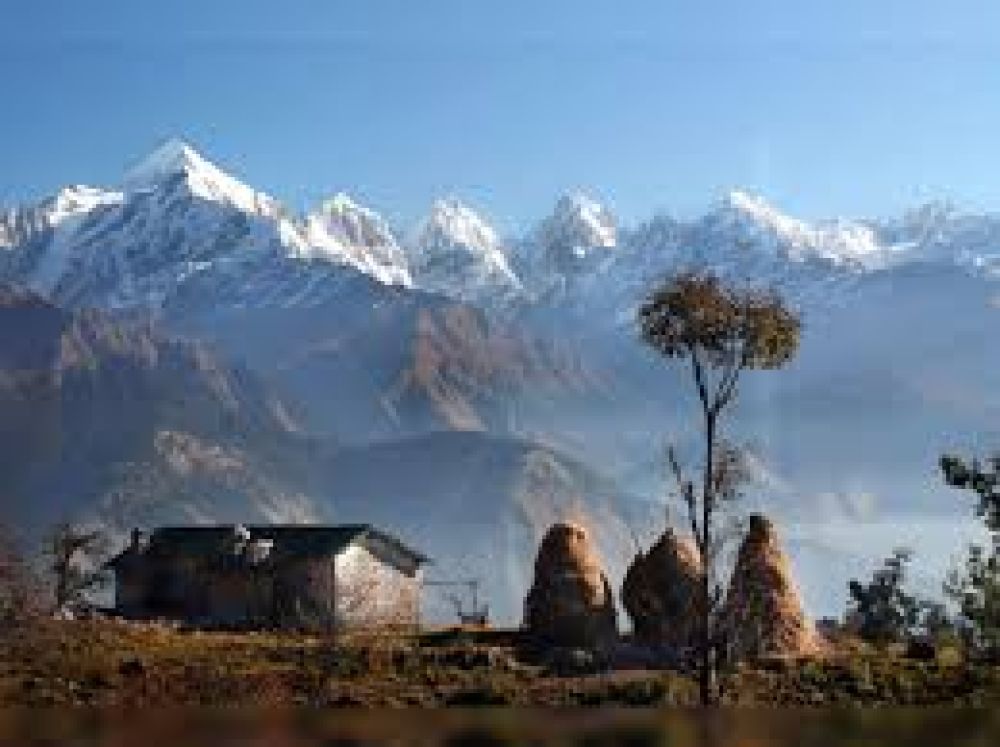

Tucked away amidst the verdant hills of the Champawat district in Uttarakhand, Lohaghat is a quaint town that boasts a rich history, not just in its ancient lore, but also in its contribution to the growth of tourism in the region. This serene destination, situated on the banks of the Lohawati River, has been a hidden gem for nature lovers and history enthusiasts alike.
The history of tourism in Lohaghat can be traced back to the time when it was under the rule of the Chand Kings during the medieval period. This era laid the foundation for tourism due to the construction of several temples and forts, which became the initial points of interest for travelers and pilgrims.
With the advent of British colonialism, Lohaghat gained prominence as a summer retreat for British officials who were enamored by its cool climate and picturesque landscape. This colonial influence led to the development of infrastructure which further facilitated access to this remote town.
However, it wasn't until the late 20th century that Lohaghat began to emerge as a sought-after tourist destination. The Government of Uttarakhand, recognizing its potential, invested in improving connectivity and accommodations, which in turn has drawn a steady stream of tourists seeking tranquility and a taste of local culture.
A significant historical attraction that beckons tourists is the Abbott Mount, offering panoramic views of the Himalayas and a glimpse into colonial heritage with its picturesque church and the legacy of John Harold Abbott who desired to create a European hamlet here.
The ancient Mayawati Ashram, serves as an important spiritual site and adds to the town's allure. It is associated with the Advaita Ashrama, a branch of the Ramakrishna Math, which has historical significance to the followers of Swami Vivekananda.
Moreover, the fabled Devidhura Temple, well-known for its unique Bagwal fair, presents both historical and cultural tourism opportunities, attracting visitors during festive seasons to witness a blend of bravery and devotion.
In recent times, tourism in Lohaghat has shifted its focus towards eco-tourism and sustainable practices to preserve its pristine environment. The latest trend emphasizes on engaging tourists in activities like bird watching, treks, and cultural exchanges that allow for a wholesome experience while maintaining an ecological balance.
Another emerging trend is the rise of homestays, which not only provide a cozy stay for tourists but also help them immerse in the local way of life. This community-based tourism approach is empowering local residents while offering a more authentic experience to visitors.
Lohaghat also experiences seasonal tourism, with summer and autumn being the peak seasons due to the favorable weather and the natural spectacle of blooming rhododendrons and fall foliage.
As the town looks ahead, the goal is to continue developing tourism in a manner that promotes local culture and sustainability. There are ongoing efforts to enhance visibility through online platforms and to encourage participation in local festivals, positioning Lohaghat as a cultural hub within the Kumaon region of Uttarakhand.
With its combination of natural beauty, historical landmarks, and cultural depth, Lohaghat stands as a testament to the ever-evolving history of tourism in the heart of Uttarakhand.